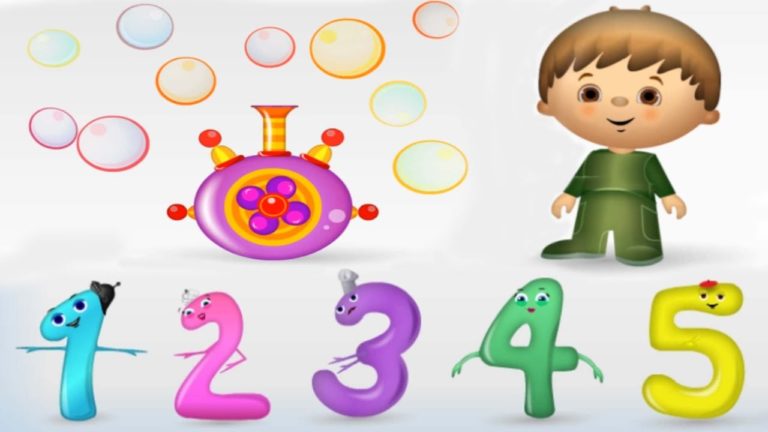
Diabetes Mellitus (DM) is a heterogeneous metabolic disorder characterized by imbalance of carbohydrates, fat and protein metabolism. It is divided broadly into two categories. Firstly, Type 1 Diabetes Mellitus which usually affects children where body either produces little or no insulin due to severe destruction of insulin producing beta cells. Secondly, Type 2 Diabetes Mellitus, where there is insensitivity to insulin and which usually affects adults.
This disease has its prevalence since ancient times. In India, diabetes was known by name madhumeha which was incurable (asadhya) and patient usually pass large amount of urine which is similar to madhu (honey) in colour, odour and taste. Ancient Greeks usually identifies the patient of diabetes by tasting their urine but this disease had no cure.
Earlier, before 11 January 1922 , it was merely a death sentence especially for children who suffered from type 1 diabetes.At maximum, child after diagnosis with this disease lived at maximum for 1.5 years that too with strict diet modification with limited amount of calorie intake and no carbohydrates at all and always remained lethargic and suffered from polydipsia, poluria and polyphagia but usually children were diagnosed with diabetes with acute complications of diabetes more prevalently with Diabetic ketoacidosis (DKA) and they were already comatosed or semi-conscious. Parents just wait for their children’s name being called upon by doctor that child is dead as death was inevitable before discovery of insulin.
In 1889, two German researchers Oskar Minkowski and Joseph von mering came to knew that removing the pancreas (complete pancreatectomy) from a dog could lead to symptoms of diabetes and lead to death soon. It was concluded there that some substance produced in pancreas (known as insulin today) prevented the body from developing diabetes. With a gap of twenty years, a German medical student Paul Langerhans had discovered two system of cells in pancreas: One were acini which he knew produced pancreatic digestive secretions and another system whose function was unknown to him. These cells looked like tiny cluster of cells , or islands floating among the acini to young Langerhans. In 1901, Eugene Opie , an American pathologist at John Hopkins University made the association between degeneration of these cells (Islets of Langerhans) and Onset of diabetes.
In 1921, a Canadian surgeon Frederick Banting and his assistant Charles best begin to study diabetes through an experimental combination of duct ligation, which involve tying off pancreatic duct to small intestine , and pancreatectomies or complete surgical removal of pancreas. Duct ligation served to atrophy of acini cells that produced digestive enzymes leaving behind only cells of islets of Langerhans. In duct ligated dogs , it was discovered that they didn’t developed the symptoms of diabetes. Pancreatectomy was method of inducing diabetes when all pancreatic tissue was removed, the experimental dogs immediately shows signs of glycosuria. Banting figured out how to remove brown dense muck of islet of Langerhans (insulin unknown at that time) from a dog’s pancreas . Banting’s idea of removing whatever secretion left after duct ligation and atrophy of acini cells and using that for further experiments went ahead. At that time, nobody knew that the extracted brown dense muck will be a ray of hope for millions of people. Banting and best kept another diabetic drug alive by injecting same stuff for 70 days. Dog died when they ran out of that stuff(insulin) for injecting to that dog. That became a key milestone in development and extraction of insulin. At the end of 1921 , Banting and best along with James Bertram Collip, a biochemist quickened their experimental pace. Collip set to work purifying extract for clinical experiments in human which Banting and Best needed in large amounts.
With further research in purification and extraction , In January 1922 Leonard Thompson became the first child to become injected with insulin. Within a day, Thompson’s dangerously high blood sugar cane to normal. This news spread like fire in whole world.
In 1923 researchers Banting and MacLeod got nobel prize in medicine for their discovery of insulin.
After that insulin from cattles and pigs were used to treat diabetes. With more and more research and advancement in research and technology like recombinant DNA technology mass production of insulin occured to save millions of people and help them live normal life.
Presently, today there are different types of insulin combinations available today as short acting insulin combinations, intermediate acting insulin combinations and long acting insulin combinations to help people live their normal life.
Even today insulin remains the main line of treatment for type 1 diabetes patients usually young children and end stage treatment protocol for type 2 diabetics as insulin is administered in type 2 diabetics only when oral hypoglycemic fail or didn’t gave desired result outcomes. Therefore, we can say insulin which was earlier a boon for not only diabetic children but for all diabetes patients as it has saved millions of life over years and has prolonged them.
As patients of diabetes are increasing day by day worldwide, it is unimaginable to see today’s society without this wonderful miraculous drug. Truly, insulin is a wonderful invention that changed the fate of society.
By Ayush Bajaj


